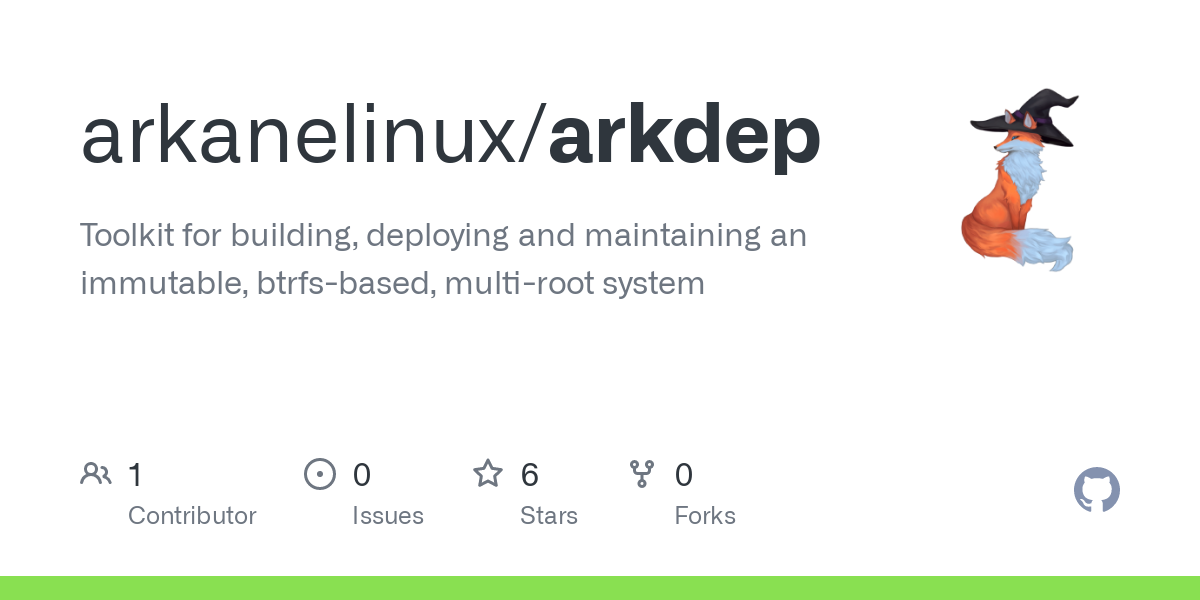It is by design non-invasive and should work on any distro which meets the requirements; Btrfs root and systemd-boot bootloader. With non-invasive I mean; it doesn’t mess with your normal OS and its configuration, it can be rolled out, toyed around with and just as easily be removed again.
Taken from reddit:
I think this is the best approach to immutability. I don’t want heavy abstraction and I don’t want containers.
A system I can deploy anytime and rollback on is all I needed.
When I have time, I will include this in my setup.



Why no containers?
This community is full of people who simply “don’t like certain things”. They may say “it’s overkill” disregarding the fact that it solves their use case perfectly. Or it could be written in a language they don’t like. Or maybe they heard somebody else complain about it on a forum once and now think it’s bad.
Yeah, it’s also the same group of people who are always complaining about how much RAM a desktop environment or app uses, that app being whichever one they are using right now.
I think flatpaks are good. The performance penalty for containerized software can be felt much more when you’re not using a good CPU. So containers do not “solve” my use case.
I’m using a cpu from 2013 and gaming in containers seems to work as well as it does outside of containers.